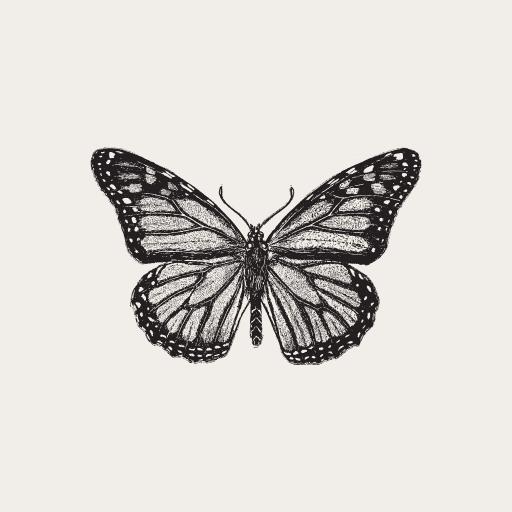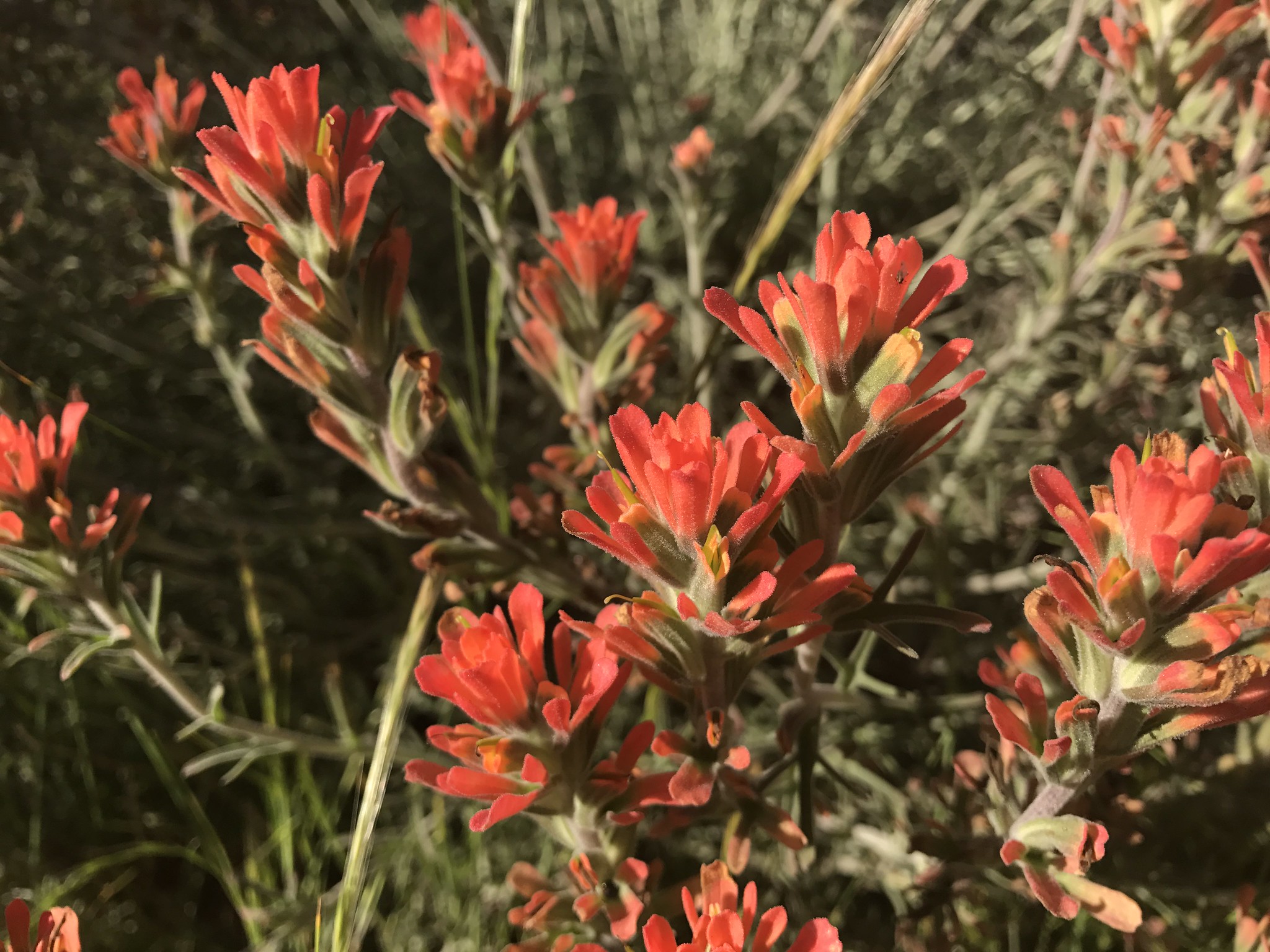A Beginner’s Guide to Thriving, Low-Maintenance Landscapes
There’s something deeply comforting about watching nature unfold in your own backyard—whether it’s the quiet buzz of a bee flitting from flower to flower, or the gentle sway of grasses moving with the wind. For those of us who are passionate about conservation, the magic of these small, everyday moments often begins with one simple choice: the plants we invite into our gardens.
Choosing native plants for your region isn’t just a gardening decision; it’s a step toward healing the land, supporting pollinators, and reconnecting with the natural world. As someone who’s deeply connected to both the arts and the environment, I find that planting native species is an act of both creation and conservation. It’s about bringing beauty to your surroundings while contributing to something much larger than yourself.
So, how do we get started? Let’s walk through it together.
Understanding Plant Hardiness Zones: Why They Matter
Before we dive into selecting plants, let’s talk about something essential: your plant hardiness zone. Think of it as your garden’s climate passport. It tells you which plants are most likely to thrive in your specific environment based on temperature and frost tolerance. Knowing your zone helps you avoid heartache and disappointment when that beautiful plant you bought online doesn’t make it through the first frost.
If you don’t know your zone yet, don’t worry—it’s easy to find! The USDA has a zone map that shows different regions of the U.S. based on average minimum temperatures. Knowing your zone means you’ll choose plants that have the best chance of flourishing, allowing you to create a space that is both sustainable and beautiful.
Identifying Local Native Species
Native plants are the unsung heroes of our landscapes. They’ve adapted to local climates, soil types, and pests over thousands of years. By choosing native species, you’re ensuring that your garden contributes to a balanced ecosystem, one that supports local wildlife, reduces water usage, and encourages biodiversity.
But where do you start? The beauty of native plants is that they are local—they belong right where you are. To begin, research native plants that are well-suited to your region. A simple online search or a visit to your local botanical garden will introduce you to a world of plant species that have naturally evolved in your area.
Some of my favorites are the sun-loving wildflowers of the Midwest, like black-eyed Susans, or the sturdy, drought-tolerant shrubs of the Southwest, such as desert sage. These plants are not only beautiful but are deeply connected to their environment, offering much-needed shelter and food for native pollinators.
Matching the Right Plant to Your Garden’s Conditions
Once you’ve identified a few local species, take a moment to look at the conditions in your garden. Is it sunny all day or shaded by tall trees? Does the soil tend to stay wet after rain, or does it dry out quickly? Understanding these small details will help you match the right plant to the right spot.
For instance, if you’re planting in a sunny spot with well-drained soil, you might want to try coneflowers or prairie grasses. If you have a shady, moist area, consider planting ferns or wild ginger. The beauty of native plants is that they are perfectly adapted to thrive in specific conditions—making your job easier while helping to create a more harmonious landscape.
How to Buy or Grow Native Plants
Now that you know which plants will thrive in your garden, the next step is to bring them to life. You have two great options: buying plants from a local nursery or starting them from seed.
If you’re purchasing, choose a nursery that specializes in native plants. Look for ones that clearly label their plants as “native,” and ask questions to ensure they haven’t been grown with chemical pesticides or fertilizers that could harm the environment. I’ve found that many local nurseries will be more than happy to help you make informed choices.
If you’re starting from seed, know that it may take a little longer, but the rewards are worth it. Starting native plants from seed is an incredibly satisfying way to grow your garden, and it allows you to witness the entire growth cycle—from seedling to full-grown beauty. Be sure to research the specific care requirements for your chosen seeds, and remember that patience is key!
Benefits of Native Plants in Your Garden
By now, you may be asking, “What’s in it for me?” The benefits of planting native species go far beyond creating a beautiful garden. Native plants:
- Support Wildlife: These plants provide essential food and shelter for local birds, insects, and pollinators, which are increasingly threatened by habitat loss.
- Conserve Water: Native plants are naturally adapted to your region’s climate, meaning they often need less water, especially once established.
- Reduce Maintenance: With their natural resilience, native plants require less fuss—no need for heavy fertilizers or pesticides, just a little care and attention.
- Help the Ecosystem: By planting native species, you’re helping preserve the biodiversity that sustains our environment, a mission that is so close to my heart.
Your Path to a Sustainable Garden
Choosing the right native plants for your region is a journey—one that brings together our love for nature, our need for beauty, and our responsibility to protect the land. By planting native species, you’re not just adding beauty to your garden; you’re actively making a difference in the fight for conservation.
I encourage you to take small steps, start with a few plants, and watch how your garden transforms into a vibrant, thriving ecosystem. Your efforts, no matter how small, are part of something much larger—a movement toward a more sustainable and harmonious world.
I’d love to hear about your gardening journey—feel free to share your experiences and what native plants you’re growing in the comments or on social media. Use #WildNativeEssential on social media to connect with others passionate about native plants and conservation. Let’s inspire each other to grow and protect our beautiful planet!
FAQ: Choosing the Right Native Plants for Your Region
Native plants are species that naturally grow in your region, adapted to the local climate, soil, and pests. Planting native species helps support local wildlife, reduce water usage, and enhance biodiversity. These plants are well-suited to your garden’s environment, making them more resilient and easier to maintain.
Research local native plants through online resources, local botanical gardens, or native plant societies. Many nurseries also specialize in native plants and can help you identify the best species for your area.
Your plant hardiness zone indicates which plants are likely to thrive in your climate based on average minimum temperatures. Knowing your zone helps you select plants that will withstand the conditions in your region, ensuring a successful and sustainable garden.
Pay attention to the sun exposure, soil moisture, and drainage in your garden. For sunny spots with well-drained soil, consider drought-tolerant species like coneflowers or prairie grasses. For shady, moist areas, look for plants like ferns or wild ginger.
You can either buy native plants from local nurseries or grow them from seed. Buying plants is quicker, but starting from seed offers the rewarding experience of watching your garden grow from scratch. Be patient and research the care requirements for your chosen species.
Native plants support local wildlife, conserve water, and reduce maintenance. They require fewer chemicals, such as pesticides and fertilizers, and are naturally adapted to your region’s climate. Planting native species also helps preserve biodiversity and contribute to ecosystem health.
Absolutely! By choosing native species, you’re building a sustainable garden that thrives with minimal intervention. Native plants reduce the need for excess watering, fertilizers, and pesticides, helping to create a more resilient and harmonious environment.
You can share your gardening journey on social media using the hashtag #WildNativeEssential. Join online communities, visit local botanical gardens, or participate in native plant events to connect with others who are passionate about conservation and native plant gardening.

